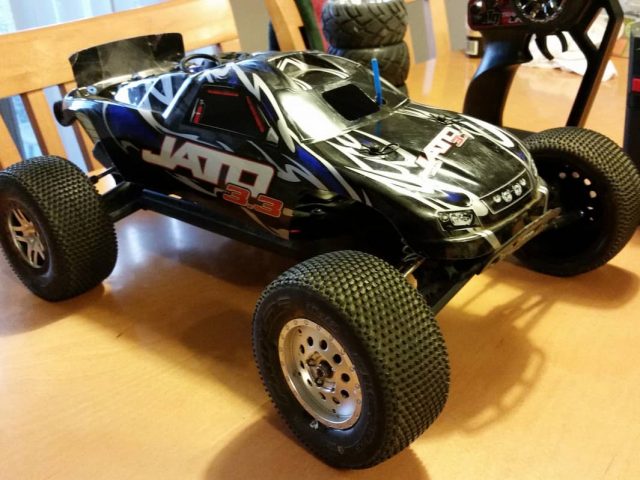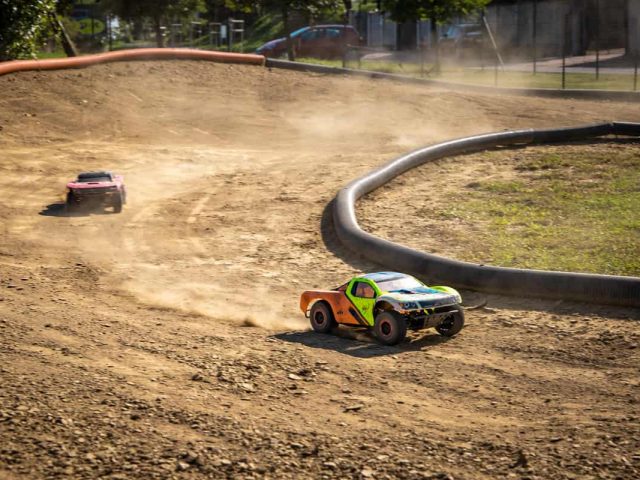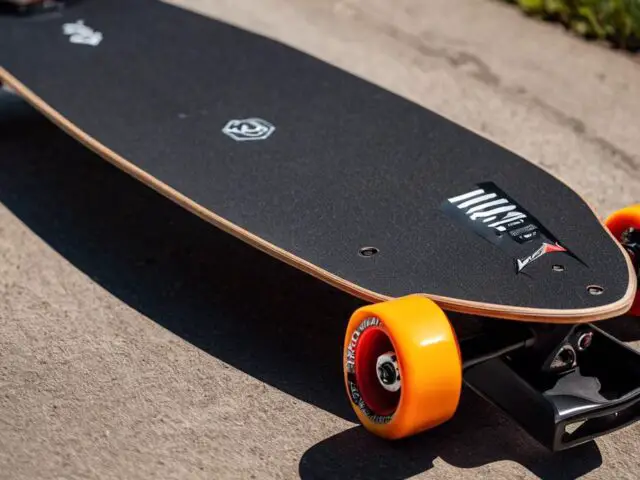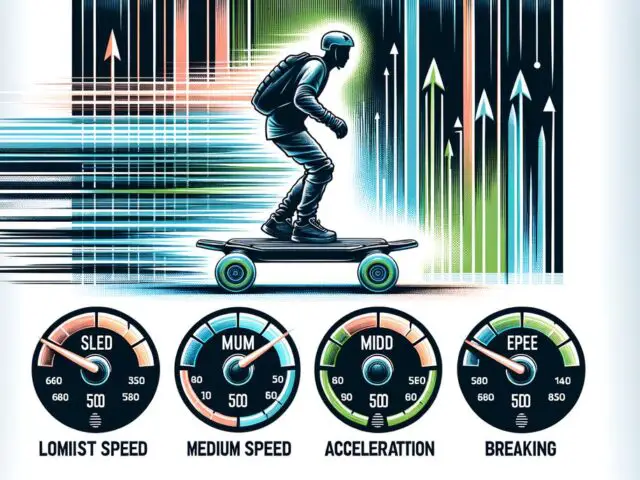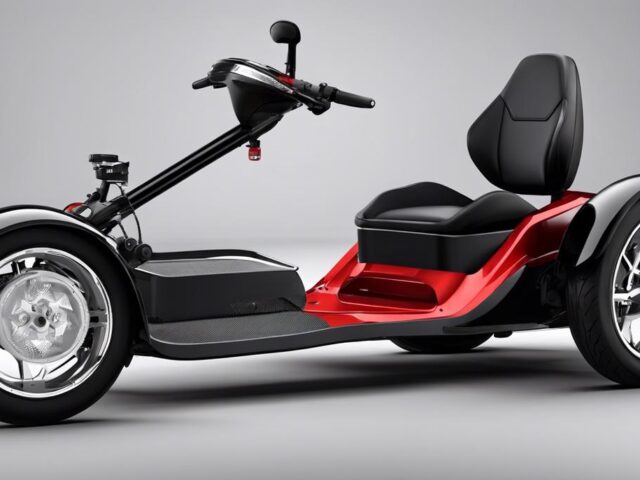Is FPV dead? The question we all want to know in the rapidly evolving technological landscape. The trajectory of First-Person View (FPV) has brought up considerable discourse. FPV is a system that enables the user to control devices as if the they were physically present. FPV has seen diverse applications ranging from drone usage to immersive video experiences. However, the question of whether FPV is dying out, becoming irrelevant, or on the precipice of a significant resurgence brings about tons of discussions. As we examine the status quo of FPV technology and its place in current consumer and industrial markets, it’s important to question the perceived decline and the future possibilities that could ultimately usher in a comeback so to speak.
Current state of FPV
Revealing The Potential of First-Person View (FPV)
Any technology enthusiast looking to stay up-to-date with the accelerating pace of advancement in the tech sphere will need to familiarize themselves with First-Person View or FPV technology. This field of tech, with roots resting in the domains of video gaming and drone technology, is expected to revolutionize a myriad of sectors from military operations to humanity’s long-held dream of personal flight.
FPV tech is defined by the integration of high-performance cameras with VR headsets, often in combination with drone technology. The end result is a real-time feed from the drone mounted camera, to the user’s headset, providing an exhilarating ‘birds-eye-view’ experience, previously only achievable in science fiction.
Until recently, FPV technology has remained somewhat dormant. However, with rapid advancements in AI, drone, and VR technologies, it has started to gain momentum. The level of adoption has grown especially impressive when observed in the drone racing and freestyle FPV communities, where it radically empowers pilots to maneuver drones more precisely at break-neck speeds.
In addition, the turn of the decade has witnessed a meteoric rise in the commercial and industrial uses of FPV tech, particularly in sectors requiring hazardous or inaccessible surveillance. From monitoring wildfires in California to rescue operations after natural disasters, the tactical implementation of FPV is on a steep rise, presenting a solution where conventional methods once fell short.
Big players like DJI have jumped on the bandwagon, ricocheting FPV into mainstream tech conversations with their state-of-the-art products. The DJI FPV drone, for instance, provides a blend of high-speed performance and immersive flight experience that was far-fetched a few years back.
Another emerging trend is using FPV in personal flight suits like that of Gravity Industries. Its Jet Suit leverages FPV for navigation, providing the pilot with an unrivaled perspective and control. This kind of application not only explores new frontiers in individual transportation but also brings us close to realizing the fantasy of personal flight.
The influx of FPV into the mainstream faces certain challenges, particularly concerning safety and regulatory issues. The increased use of drones in public spaces renders the application of strict regulations necessary, with several cases of privacy breaches and flight collisions already being recorded. Solving these issues will require a collaborative effort from the regulatory body at the Federal Aviation Administration, tech companies, and users alike.
While the limitations are are most definitely present, they’re dwarfed by the sheer scale of potential FPV technology stands to offer. Driven by tech enthusiasts and innovators, the boundaries of FPV applications are getting pushed every passing day. What was once considered a niche market is now striving to have the reputation of being a tech behemoth in the making.
Without a doubt, the FPV revolution is far from its peak and as it begins to work with technologies like AI and VR, it is guiding us towards a future that looks much like a chip off the old sci-fi block. If anything, the current state of FPV suggests its rise has only just begun and boundless evolution lies ahead. Embracing it is no longer a matter of ‘if’, but ‘when’. So instead of asking yourself “Is FPV Dead?” ask “How Far Will FPV Propel Us Into The Future?”

Reasons behind the perceived decline of FPV
Analyzing the FPV Trajectory: Perception Vs Reality.
There seems to be a rumor making rounds lately in technology circles, that the rapidly emerging field of First-Person View (FPV) technology faces a perceived decline in interest. But is this accurate, or simply a symptom of misinformation? Let’s dive in.
Taking a look at the consumer marketplace might lead to the conclusion that FPV technology struggles to maintain the same buzz it enjoyed a few short years ago. But a closer inspection reveals a more nuanced narrative.
While it is true that certain sectors have seen saturation of FPV with very early adoptions such as drone racing and freestyle FPV drone flying, these are but segments, and not reflective of the technology as a whole. If anything, such saturation is indicative of an industry that is maturing rather than declining.
It’s beyond dispute that areas like personal flight suits and drone racing are experiencing a stall, or a much smaller uptick than they previously enjoyed, this is an inevitable part of the technology lifecycle. The sparkly new toy fades in novelty, but this is not to be confused with a decline in utility or the applications in which the new tech may be applied. Most significantly, these applications alone do not reflect the entire potential capable of FPV.
So, where does that potential lie? Look to commercial and industrial uses, which continue to flourish. The ease of remote operation that FPV provides is massively beneficial for surveillance and monitoring. Far from declining, enterprises are still discovering creative ways that FPV can boost efficiency, effect, and profit.
Similarly, advancements in AI and VR serve as the ideal proving grounds. AI’s maturation and VR’s increasing commonality unlock fresh possibilities for FPV integration, promising to broaden its applications beyond what we can currently conceptualize. Such advancements alone debunk the myth of any kind of substantive “decline” of interest or applicability in FPV.
Another consideration is the regulatory landscape. There are legitimate safety concerns with FPV, particularly with user-operated drones in public spaces, or personal flight suits in general airspace—and rightfully so. These standards are gradually being defined, innovated and adhered to, thereby carving out a secure and legitimate space for FPV to co-exist with other technologies and usages.
Market pioneers like DJI aren’t floundering either. They are casting long-term bets on FPV, a good indicator of the continued belief in its potential. Hardware advancements like HD-capable goggles and more rugged, efficient drones offer consumers products that were unthinkable just a few years back.
It’s clear to see that while perceived interest among early adopters and the general public may have plateaued out momentarily, the technology’s potential applications are far from exhausted. As AI and VR mature and new industrial and commercial applications emerge, we will likely see a resurgence of interest. Thus, the perceived decline of FPV does not mirror its actual applicability in the real world.
FPV technology is not in decline, it’s simply evolving. And with evolution comes new opportunities and applications that the early adopter tech enthusiasts will relentlessly explore. This is not the end of a trend, but the birth of countless new possibilities. The story of FPV is far from complete so be sure to stay tuned for what is to come.

Where To Find FPV Events
FPV (First-Person View) racing and freestyle flying is still an active and popular hobby within the drone and RC (remote control) community. However, the popularity of hobbies like FPV can vary by region, and trends may change over time.
To determine the current status of FPV in your area or in the broader community, consider the following:
- Local FPV Communities: Check if there are local FPV clubs, groups, or online communities in your area. These groups can provide insights into the current state of FPV in your region and any upcoming events or races.
- Online Communities: Explore online forums, social media groups, and websites dedicated to FPV racing and freestyle flying. These platforms often have discussions, videos, and updates about the latest trends and events in the FPV community.
- FPV Events: Look for upcoming FPV racing events and competitions in your area or nearby regions. The existence of organized events is a good indicator of the activity level within the FPV community.
- FPV Retailers and Manufacturers: Visit local hobby shops or online retailers that specialize in FPV equipment and drones. The availability of FPV-related products and the demand for such equipment can give you an idea of the hobby’s status.
- Online Content: Check YouTube and other video-sharing platforms for recent FPV racing and freestyle videos. If content creators are regularly sharing their FPV experiences and races, it’s a sign that the hobby is still active.
- News and Updates: Look for recent news articles or blog posts about FPV racing. Industry news and updates can provide insights into the state of the hobby.

It’s important to note that the popularity of hobbies can ebb and flow, and local conditions may vary. While some regions or communities may experience shifts in interest or participation, FPV racing and freestyle flying still have dedicated enthusiasts worldwide. If you’re passionate about FPV, you can actively engage with the community to stay informed about the latest developments and continue enjoying the hobby.
Helpful Links
For all your RC Questions, Click HERE
If you are interested in RC cars and trucks, RC World has you covered.
For RC boats and watercraft, check these articles out.
For all your RC Airborne endeavors, we have everything you need.
Why Choose Nitro RC Cars [ Complete Newbie Guide ]
RC cars themselves are cool enough but now imagine them being closer to the real deal. The many awesome and enjoyable factors that solely exist to make you…
What’s Faster: Gas or Electric RC Cars
Everyone has their unique take on which RC car is faster- electric or gas. This question has no single correct answer. Let’s have a look at what both…
Revolutionizing Commute: A Deep Dive into E-Bikes
Harnessing the power of modern technology, e-bikes are becoming an increasingly popular transportation tool in our day-to-day lives. The beauty of these advanced bicycles lies in how they…
4 Best Budget Electric Skateboards For Quality Seekers
The thrills of electric skateboarding should not be restricted by the confines of a hefty price tag. As the e-skate culture flourishes, the market responds with a variety…
Maximizing Safety with Electric Skateboard Speed Modes
Electric skateboards are revolutionizing the way we move and offering a blend of excitement and convenience in personal transport. With various speed modes at the heart of their…
Discover the Electric Trike: A Guide for Enthusiasts
As our society leans towards more sustainable and efficient modes of transportation, electric trikes are carving out their own niche in the ecosystem. With unique benefits that address…
Safe Electric Skateboard Rides for Kids
Choosing the right electric skateboard for your child involves more than just picking out a cool design. It’s about finding a balance between fun and safety, ensuring that…
Balancing Act: Importance of Weight in Electric Skateboards
Electric skateboarding, as thrilling and rewarding as it is, also demands a blend of science and finesse to master. At the heart of it all lie two key…
Unleashing Speed: Top Fastest Electric Skateboards
Pushing the boundaries of speed while cruised on decks, the world of electric skateboarding has transformed the way people travel and experience thrill. This adrenaline-packed activity is fuelled…

